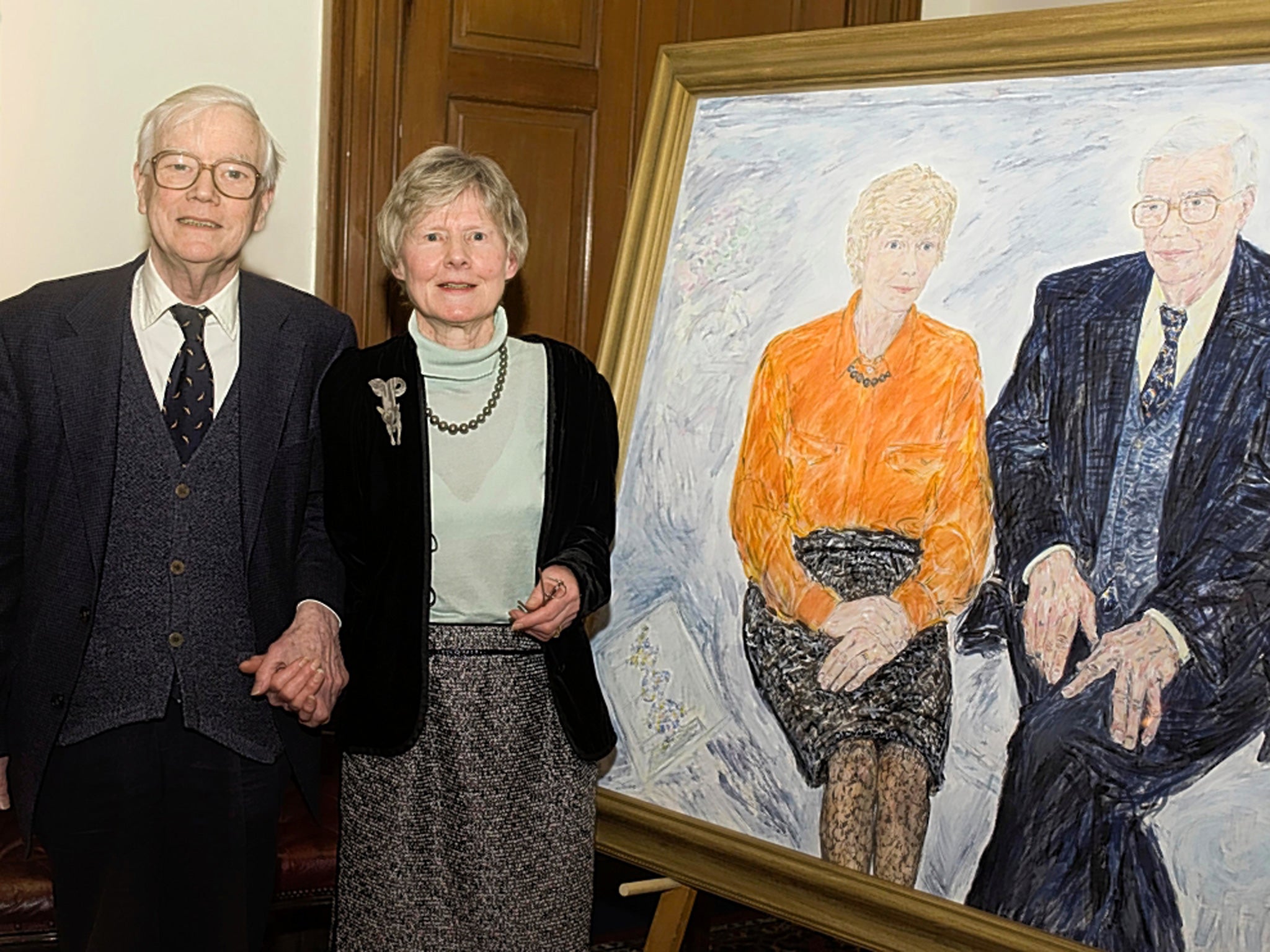Professor Sir Kenneth Murray: Scientist who developed the vaccine against hepatitis B

Your support helps us to tell the story
From reproductive rights to climate change to Big Tech, The Independent is on the ground when the story is developing. Whether it's investigating the financials of Elon Musk's pro-Trump PAC or producing our latest documentary, 'The A Word', which shines a light on the American women fighting for reproductive rights, we know how important it is to parse out the facts from the messaging.
At such a critical moment in US history, we need reporters on the ground. Your donation allows us to keep sending journalists to speak to both sides of the story.
The Independent is trusted by Americans across the entire political spectrum. And unlike many other quality news outlets, we choose not to lock Americans out of our reporting and analysis with paywalls. We believe quality journalism should be available to everyone, paid for by those who can afford it.
Your support makes all the difference.As chairman of the Court of the University of Edinburgh between 2003 and 2006 I was in a position to know something that Sir Ken Murray – he was Ken, not Kenneth to his vast array of friends in the scientific community worldwide – and his wife, Lady Noreen, did not want generally known: that they had donated over £12m to their university. This fund accrued from the patent rights of Murray's work, which spearheaded the fight against hepatitis. Murray and his Edinburgh team found a way to identify the hepatitis B virus, which seriously damages the liver, and developed a vaccine against it. He was also a co-founder of the biotech company Biogen, which patented the vaccine.
The late Lord George Porter, President of the Royal Society, was only one of those in a position to make a meaningful, peer-related judgement that had Murray been a little more pushy and a little less modest he would have been accorded a Nobel Prize. The unusual team of husband and wife was highly regarded in the Royal Society, not least because they worked in rather different specialist disciplines, Ken as a molecular biologist, and Noreen as a cell biologist.
At Birmingham University he had met Noreen, then a PhD student, in the Department of Microbiology. They married in 1958, and left for a post-doctoral year at Stanford in 1959. So much did they like California, and California like them, that one year turned into five years. Returning to Cambridge in 1964, they worked with Fred Sanger, who was about to win not one but two Nobel Prizes. At the end of their allotted time, the Murrays were due to go to the then infant York University. Providently, as it later turned out, they had a not very serious car crash which meant that it was difficult immediately to transfer home to York. Writing to the University of York to ask for a postponement, Murray received the curt letter, "Dear Murray, Postponement is unacceptable. You will be in York by 30 September. Yours faithfully, University Secretary." Murray showed the letter to Sanger, whom he never otherwise saw angry. Furious on this one occasion, Sanger told Murray that he should do his lectures in York, but having fulfilled his obligation should wait in Cambridge for another opportunity.
It was in this period that Murray formed a lifelong friendship with the Argentinian researcher Cesar Milstein, identifier of monoclonal antibodies. After two years the ideal opportunity came, in the form of an invitation from Professor Martin Pollock to join his group at Edinburgh University.
In June 1982, during the Falklands War, Milstein came to lunch with me at the House of Commons; the first thing he said to me was not about the conflict, but: "How is Ken Murray?" It was an indication of the regard in which Murray was held by the international figures in his field.
Murray's watershed moment arrived in 1978. By a whisker - "it was a damned close-run thing" – he pipped the Institut Pasteur in Paris in patenting the drugs which defy the scourge of hepatitis.
With the support of the discerning Edinburgh University Secretary, Alex Corrie, Murray was given three years' leave of absence (unusual for a professor) to join John Kendrew at the European Molecular Biology Organisation in Heidelberg. As a member of the European Parliament returning to Heathrow on a Thursday night, I would often sit next to Kendrew. As EMBO Director he enthused not only about Murray's contribution, but at the way he inspired his colleagues from Germany, Italy, France and the Netherlands.
Murray used his share of the royalties from his vaccine to establish the Darwin Trust, which supports education and research in natural science. "I could have taken the money but I don't need to," he said. "I don't particularly want a Rolls- Royce."
In retirement, Murray's devotion to research was undimmed. He was ever-welcomed by younger colleagues, who might have been his grandchildren, at the Darwin Building – to the development of which he had been so generous a contributor – on account of his willingness to give gentle help when asked. He walked to the labs, seven days most weeks, from his South Morningside home.
In his late seventies Murray was still making significant contributions to interaction specificity between nucleic acids and proteins, and genetic manipulation, particularly for amplification of gene expression.
Kenneth Murray, molecular biologist: born East Ardsley 30 December 1930; Biogen Professor of Molecular Biology, University of Edinburgh 1984–98; Kt 1993; married 1958 Noreen Parker (died 2011); died 7 April 2013.
Join our commenting forum
Join thought-provoking conversations, follow other Independent readers and see their replies
Comments